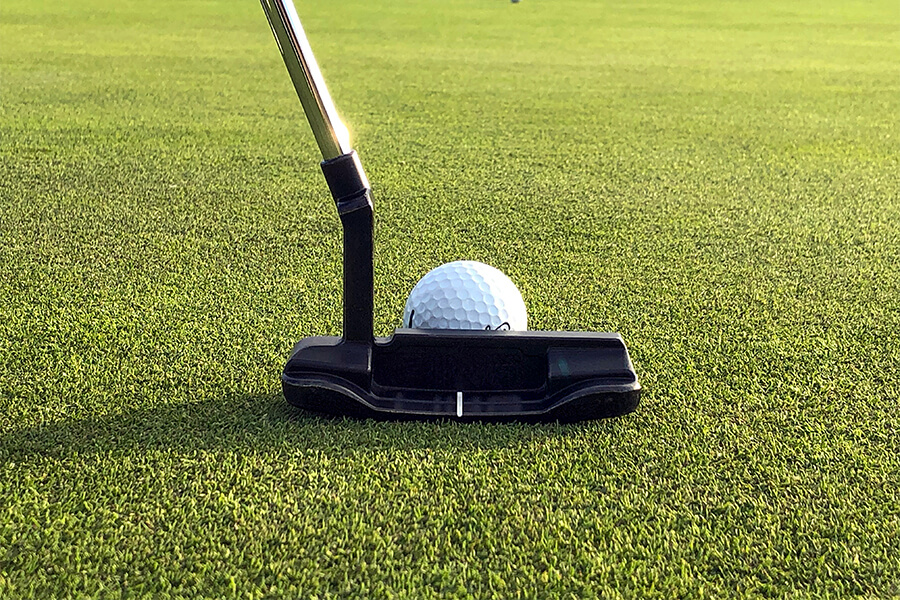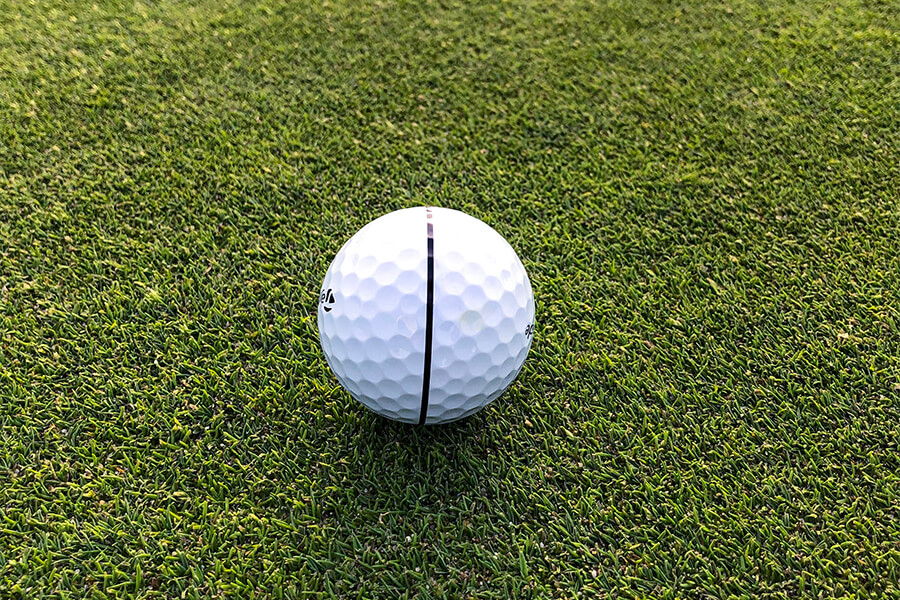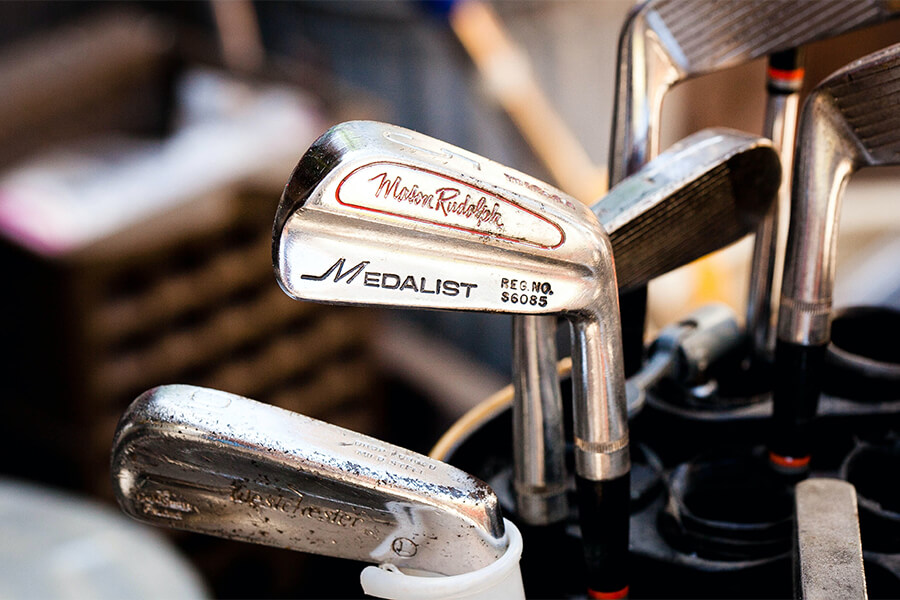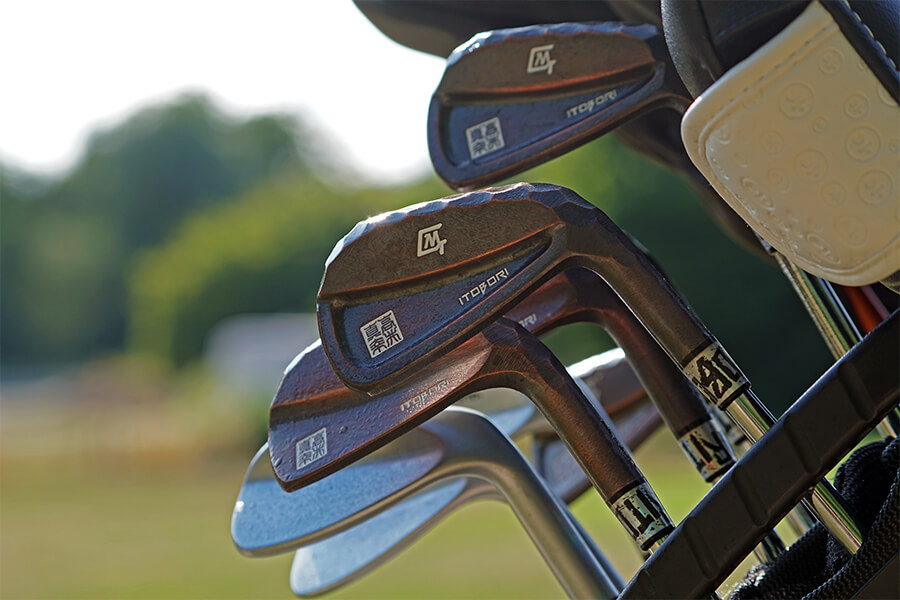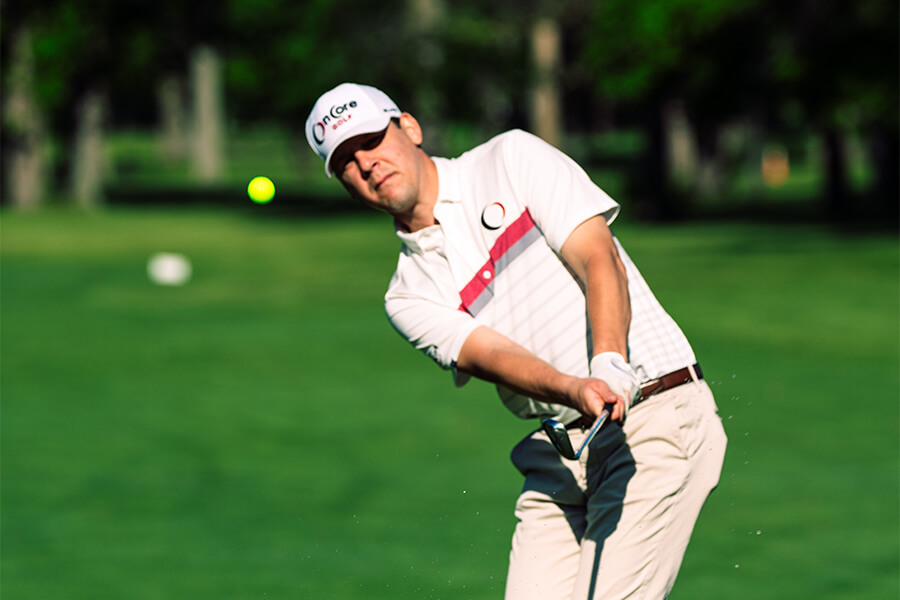It’s critical to select the appropriate set of golf clubs for your body type and swing when buying clubs. Whether you require men’s or women’s clubs is a crucial distinction to take into account. Physical variations between men and women have an impact on how they swing the club and what kind of club will be most effective for them.
The Primary Differences between Men's and Women's Golf Clubs Relate to Size and Weight
The size and weight of the golf clubs are the primary distinctions between men’s and women’s clubs. In general, men’s clubs are bigger and heavier than women’s clubs. Men can produce higher clubhead speed and power because they typically have longer arms and stronger upper bodies than women. Men’s clubs are therefore made to be stronger and have a bigger sweet spot to accommodate the added force.
Women’s golf clubs, on the other hand, are made to be lighter and shorter than men’s clubs. This is done to account for the women’s golfers’ shorter stature and typically weaker upper bodies. Women’s clubs are easier to swing and control because to their shorter length and lighter weight, which can increase accuracy and consistency. Women’s clubs are also lighter than men’s clubs, which can aid in reducing tiredness and promote greater performance on the course.
Other Significant Differences Between Men's & Women's Golf Clubs Include Loft & Shaft Flex
The loft of the clubs is another distinction between men’s and women’s golf equipment. Golf clubs for women typically have a higher loft than clubs for men. This is due to the fact that women often have lower clubhead speed and power than men, requiring a higher loft to launch the ball into the air. Higher lofted clubs can aid female golfers in increasing their ball flight and distance.
The shaft flex of women’s golf clubs is also often gentler than that of men’s clubs. The amount that a golf club shaft bends when the clubhead is moving is referred to as the shaft’s flex. Generally speaking, men’s clubs have stiffer shafts than women’s clubs. Men often produce a faster and more powerful clubhead, which necessitates a stronger shaft to accommodate the extra energy. Contrarily, women’s clubs have a softer flex that enables better control and precision.
Grip size, center of gravity, and general design are some more considerations
Choosing golf clubs requires careful consideration of the grip size. Men’s clubs often feature larger grips to accommodate men’s hands, which are normally bigger than women’s hands. Men can retain a stronger grip on the club with the aid of larger grips, which will provide them more control and precision. The grips on women’s clubs, on the other hand, are smaller to accommodate their hands, which can help them feel and control the club better.
The center of gravity is another distinction between men's and women's golf clubs
The location on the clubhead where the weight is uniformly distributed is known as the center of gravity. The center of gravity of men’s clubs is often lower than that of women’s clubs. This is so because men tend to have lower centers of gravity, which helps them go farther and create more force. The higher center of gravity of women’s clubs, on the other hand, can aid them in achieving a higher ball flight and greater accuracy.
Last but not least, the general design of men's and women's golf clubs varies
Women’s clubs typically have a more fashionable, current appearance, whereas men’s clubs typically have a more conventional, classic appearance. It depends on the individual; some female golfers favor the aesthetics of men’s clubs, and vice versa.
In conclusion, it’s important to grasp the distinctions between men’s and women’s golf clubs in order to make the best decision. When choosing a choice, one should take into account aspects including size and weight, loft, shaft flex, grip size, center of gravity, and general design. Golfers should remember that the optimal club fit depends on a person’s physical attributes, swing style, and preferences in addition to their gender.




